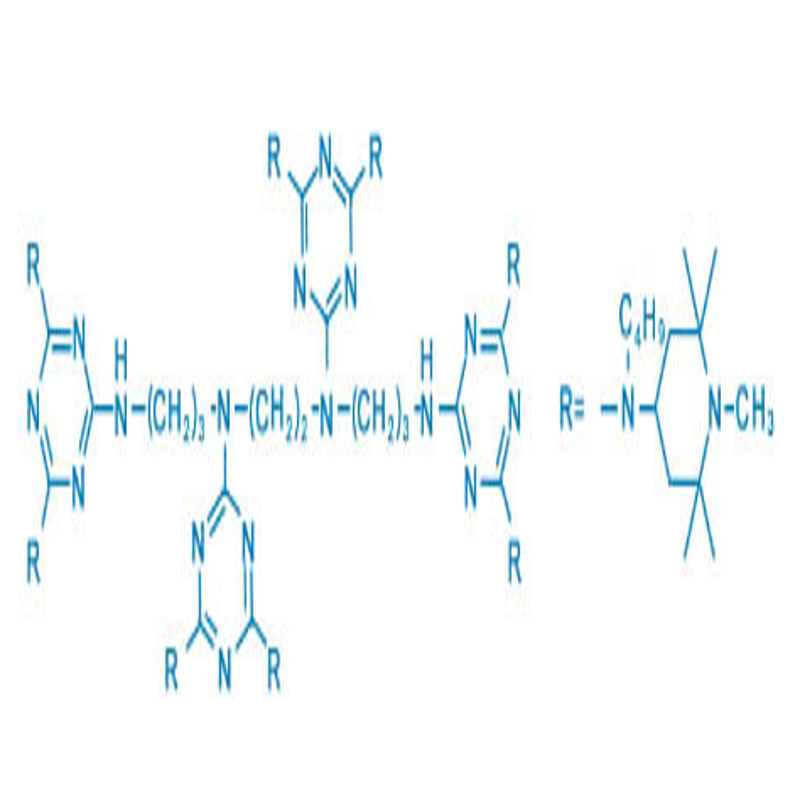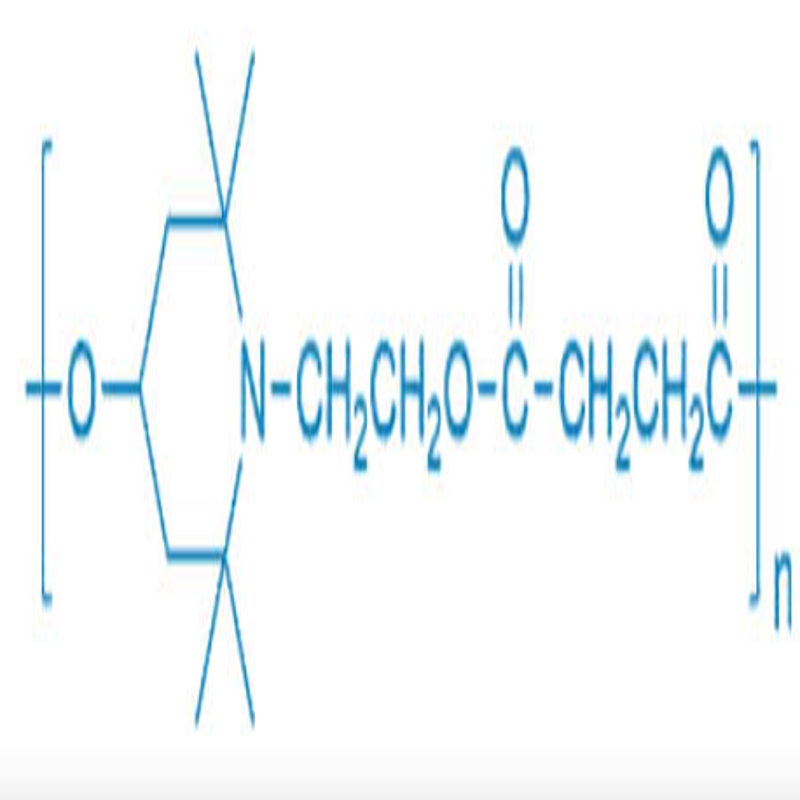-
Categories
-
Pharmaceutical Intermediates
-
Active Pharmaceutical Ingredients
-
Food Additives
- Industrial Coatings
- Agrochemicals
- Dyes and Pigments
- Surfactant
- Flavors and Fragrances
- Chemical Reagents
- Catalyst and Auxiliary
- Natural Products
- Inorganic Chemistry
-
Organic Chemistry
-
Biochemical Engineering
- Analytical Chemistry
-
Cosmetic Ingredient
- Water Treatment Chemical
-
Pharmaceutical Intermediates
Promotion
ECHEMI Mall
Wholesale
Weekly Price
Exhibition
News
-
Trade Service
Annual global sales of electric vehicles soared to more than 10 million in 2021, with pure electric vehicles accounting for 46% and plug-in hybrids accounting for 19%.
Among them, the sales volume of electric vehicles reached 1.
25 million units in December, and its total battery capacity reached 43GWh, reaching the latest monthly record
.
So, how much metal does an electric car make? How much lithium, cobalt, nickel and graphite are the batteries in each car? Using December 2021 data as an example, battery metals were valued at $1.
5 billion in electric vehicles sold in December alone, according to the mining research institute MINING.
COM and the electric vehicle research institute Adamas, more than in all
of 2017.
lithium
In December 2021, a record 25,900 mt of lithium carbonate equivalent was deployed in the batteries of all newly sold passenger electric vehicles worldwide, an increase of 68% year-on-year and 31%
month-on-month.
In December, the average lithium content per vehicle, including hybrids, increased by 12% year-on-year, jumping from 18.
5kg to 20.
7kg, a testament to the relative popularity of pure electric vehicles over hybrid vehicles
.
Carbonate accounts for 57% of the total as demand for nickel- and cobalt-free LFP batteries continues to increase, while hydroxides are in demand at 43%, which is favored
in the manufacture of batteries with high nickel content.
According to Benchmark Mineral Intelligence, a research institute for battery supply chains, lithium prices have risen
across the board over the past year.
According to Benchmark's price update in mid-February this year, there is a huge gap between the ex-factory prices of battery-grade carbonate in China, which is currently trading between
$60,000 per tonne.
This compares to a European carbonate price of $30,000 (at least 99% CIF in January 2022).
Benchmark also noted that the premium for lithium carbonate relative to lithium hydroxide (used for high-nickel cathodes) reached nearly $20,600/mt
in February.
Benchmark said in a recent report that China's record high lithium carbonate prices make LFP batteries cost at least 5% more per kilowatt-hour dollar than high-nickel batteries, bucking
a decade-long trend.
"This shift highlights the significant pricing pressure facing Chinese lithium iron phosphate battery producers, which may translate into higher prices
for electric vehicles and energy storage systems.
"
cobalt
Cobalt deployments exceeded 4,000 tonnes for the first time in December compared to the same period last year, up 25%
month-on-month.
On a per-vehicle basis, cobalt use is down 10% from last year, again indicating the growing popularity of LFP-equipped vehicles and the lower chemical composition of cobalt cathodes in NCM batteries
.
Cobalt hydroxide used in the battery supply chain has soared to $65,000 per tonne (in 100% cobalt) over the past year, the highest price
since June 2018.
Over the past year, the price of cobalt sulfate in Chinese factories has risen by 57%, while the price of battery metal prices has increased by 93%.
Despite the price increase, cobalt's share in the EV metals index continued to shrink, reaching 20.
6%
in December.
nickel
Compared to the same month last year, nickel use rose 44% in December to a new record of 19,600 tonnes, while nickel use per vehicle fell 4% to 15.
7kg
.
Nickel sulphate climbed to $22,600 per tonne (100% nickel-based) in December, but the premium relative to nickel metal traded by the LME continued to narrow,
according to the data.
Nickel hit a decade high above $25,000 a tonne on Monday amid fears that tensions in Ukraine could disrupt Russian supplies at a time when global metal inventories dwindle and spot markets have reversed spreads when spot contracts are above futures prices
.
graphite
In December 2021, less than 39,000 tonnes of synthetic and natural graphite were deployed in the batteries of all newly sold passenger electric vehicles worldwide, which is also a record figure
.
The monthly total was up 78%
from the same period last year.
Considering all-battery, plug-in hybrid and conventional hybrid vehicles, graphite usage per vehicle increased by 19% year-on-year to 31 kg
.
Benchmark data shows that graphite prices have risen more than 20% since December 2020 to around $860 a tonne
, after falling below $700 for all of 2020 and hitting a low of $644 in September.
Annual global sales of electric vehicles soared to more than 10 million in 2021, with pure electric vehicles accounting for 46% and plug-in hybrids accounting for 19%.
Among them, the sales volume of electric vehicles reached 1.
25 million units in December, and its total battery capacity reached 43GWh, reaching the latest monthly record
.
So, how much metal does an electric car make? How much lithium, cobalt, nickel and graphite are the batteries in each car? Using December 2021 data as an example, battery metals were valued at $1.
5 billion in electric vehicles sold in December alone, according to the mining research institute MINING.
COM and the electric vehicle research institute Adamas, more than in all
of 2017.
lithium
lithiumIn December 2021, a record 25,900 mt of lithium carbonate equivalent was deployed in the batteries of all newly sold passenger electric vehicles worldwide, an increase of 68% year-on-year and 31%
month-on-month.
In December, the average lithium content per vehicle, including hybrids, increased by 12% year-on-year, jumping from 18.
5kg to 20.
7kg, a testament to the relative popularity of pure electric vehicles over hybrid vehicles
.
Carbonate accounts for 57% of the total as demand for nickel- and cobalt-free LFP batteries continues to increase, while hydroxides are in demand at 43%, which is favored
in the manufacture of batteries with high nickel content.
According to Benchmark Mineral Intelligence, a research institute for battery supply chains, lithium prices have risen
across the board over the past year.
According to Benchmark's price update in mid-February this year, there is a huge gap between the ex-factory prices of battery-grade carbonate in China, which is currently trading between
$60,000 per tonne.
This compares to a European carbonate price of $30,000 (at least 99% CIF in January 2022).
Benchmark also noted that the premium for lithium carbonate relative to lithium hydroxide (used for high-nickel cathodes) reached nearly $20,600/mt
in February.
Benchmark said in a recent report that China's record high lithium carbonate prices make LFP batteries cost at least 5% more per kilowatt-hour dollar than high-nickel batteries, bucking
a decade-long trend.
"This shift highlights the significant pricing pressure facing Chinese lithium iron phosphate battery producers, which may translate into higher prices
for electric vehicles and energy storage systems.
"
cobalt
cobaltCobalt deployments exceeded 4,000 tonnes for the first time in December compared to the same period last year, up 25%
month-on-month.
On a per-vehicle basis, cobalt use is down 10% from last year, again indicating the growing popularity of LFP-equipped vehicles and the lower chemical composition of cobalt cathodes in NCM batteries
.
Cobalt hydroxide used in the battery supply chain has soared to $65,000 per tonne (in 100% cobalt) over the past year, the highest price
since June 2018.
Over the past year, the price of cobalt sulfate in Chinese factories has risen by 57%, while the price of battery metal prices has increased by 93%.
Despite the price increase, cobalt's share in the EV metals index continued to shrink, reaching 20.
6%
in December.
nickel
nickelCompared to the same month last year, nickel use rose 44% in December to a new record of 19,600 tonnes, while nickel use per vehicle fell 4% to 15.
7kg
.
Nickel sulphate climbed to $22,600 per tonne (100% nickel-based) in December, but the premium relative to nickel metal traded by the LME continued to narrow,
according to the data.
Nickel hit a decade high above $25,000 a tonne on Monday amid fears that tensions in Ukraine could disrupt Russian supplies at a time when global metal inventories dwindle and spot markets have reversed spreads when spot contracts are above futures prices
.
graphite
graphiteIn December 2021, less than 39,000 tonnes of synthetic and natural graphite were deployed in the batteries of all newly sold passenger electric vehicles worldwide, which is also a record figure
.
The monthly total was up 78%
from the same period last year.
Considering all-battery, plug-in hybrid and conventional hybrid vehicles, graphite usage per vehicle increased by 19% year-on-year to 31 kg
.
Benchmark data shows that graphite prices have risen more than 20% since December 2020 to around $860 a tonne
, after falling below $700 for all of 2020 and hitting a low of $644 in September.







